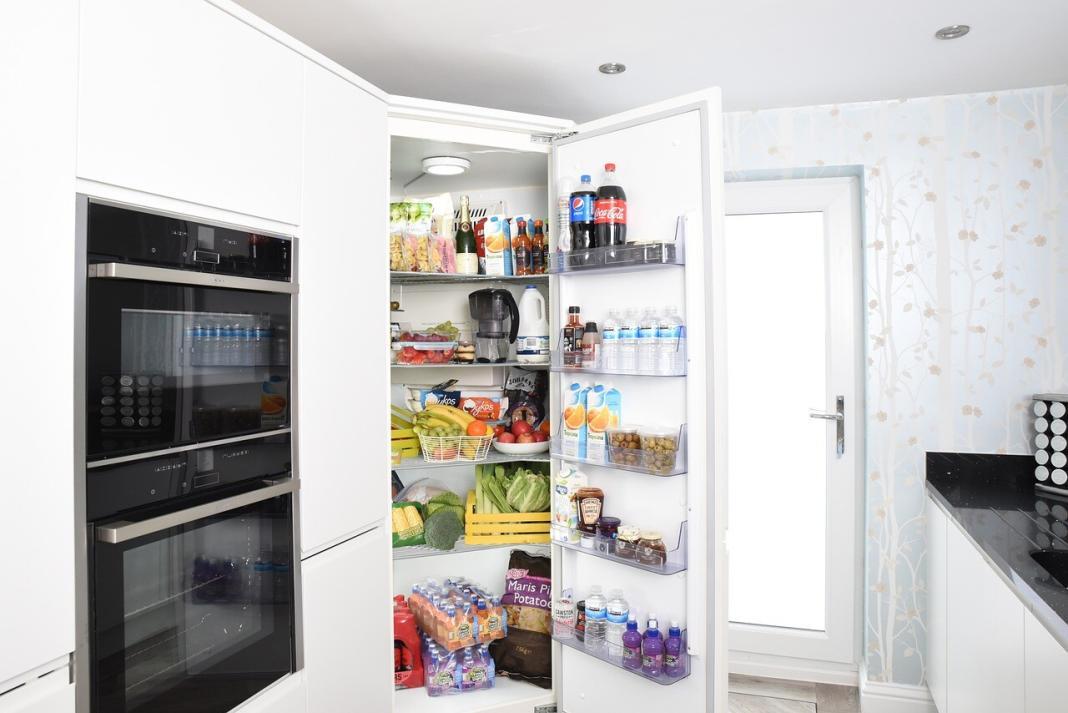The frozen food industry has experienced a remarkable transformation in recent years, driven by shifting consumer preferences, technological advancements, and the increasing need for efficient supply chain management. This evolution has made frozen food distribution a pivotal element of the industry, responsible for ensuring that high-quality frozen food products reach consumers in a convenient and timely manner.
In this blog post, we will delve into the latest trends and innovations in frozen food distribution that are reshaping the future of the industry. From the surge of e-commerce and direct-to-consumer delivery to the advancements in cold chain logistics and sustainable packaging solutions, the frozen food distribution sector is undergoing a significant metamorphosis.
E-Commerce and Direct-to-Consumer Delivery
One of the most prominent and influential trends in frozen food distribution is the rapid rise of e-commerce and direct-to-consumer delivery. Online platforms and specialized e-commerce retailers have made it more accessible than ever for consumers to order frozen food products from the comfort of their own homes. This trend has brought about increased convenience and accessibility, granting consumers the ability to choose from a wide array of frozen food options and have them delivered straight to their doorstep. This transformation is not only reshaping the way consumers purchase frozen food but also challenging traditional distribution channels and supply chain logistics. As more consumers opt for online shopping, frozen food distribution companies are adapting their strategies to meet the demands of this growing market.
Cold Chain Logistics and Temperature Monitoring
Maintaining the integrity of frozen food products throughout the distribution process is of paramount importance. Cold chain logistics, which involves the transportation and storage of frozen goods at consistently low temperatures, plays a crucial role in preserving product quality. Innovations in temperature monitoring are at the forefront of ensuring the required temperature conditions are maintained throughout the distribution journey. Real-time tracking and remote sensing technologies are being increasingly adopted to monitor temperature conditions during transit, storage, and handling. These technologies help ensure that frozen food products remain safe for consumption and meet the stringent quality standards expected by consumers.
Sustainable Packaging Solutions
In a world increasingly focused on environmental sustainability, the frozen food industry is actively exploring and implementing innovative packaging solutions. This includes the use of eco-friendly materials, such as compostable or recyclable packaging, as well as efforts to reduce packaging waste and optimize design for efficient transportation and storage. Sustainable packaging solutions are not only environmentally friendly but also help to enhance the overall brand image and consumer perception. Consumers are becoming more conscious of the environmental impact of their choices, and sustainable packaging is an essential factor that influences their purchasing decisions.
Technological Advancements in Inventory Management
Efficient inventory management is crucial for frozen food distribution companies to streamline operations and minimize wastage. The adoption of advanced technologies, such as automated inventory systems, RFID (Radio Frequency Identification) tracking, and artificial intelligence (AI) algorithms, is transforming the way inventory is managed. These technologies improve inventory accuracy, reduce stockouts, and optimize order fulfillment processes. By harnessing the power of data-driven decision-making, companies are enhancing supply chain visibility and overall operational efficiency.
Cold Storage Facility Modernization
To meet the growing demand for frozen food products, cold storage facilities are undergoing significant modernization and expansion. This includes the implementation of robotics and automation for order picking and sorting, as well as the use of energy-efficient systems to reduce operational costs. Some companies are also embracing cloud-based systems and digital platforms to improve inventory management, temperature monitoring, and overall facility operations. These modernization efforts are essential for ensuring that the frozen food distribution network can keep pace with the rising demand for frozen products.
Customization and Product Innovation
Consumer preferences for unique and personalized food experiences have led to a surge in customized frozen food products. Companies are now offering a more extensive variety of options, including plant-based alternatives, gluten-free meals, and international cuisines. By embracing product innovation and customization, frozen food distributors can cater to a broader range of consumer demands and stay ahead in a competitive market. The ability to provide tailored solutions in response to changing consumer preferences is a critical element in the success of frozen food distribution companies.
Conclusion
Sunrise Synergies, as a leading company in the frozen food distribution industry, is at the forefront of embracing the latest trends and innovations. They understand the importance of staying ahead of the curve to meet the evolving needs of consumers and businesses. By aligning itself with the trends mentioned above, Sunrise Synergies ensures that its distribution services are in line with the changing landscape of the frozen food industry. As the industry continues to evolve, companies that embrace these trends and innovations will be better equipped to succeed and meet the demands of a dynamic and ever-changing marketplace. The future of frozen food distribution is undoubtedly exciting, with an array of opportunities and possibilities for those who are ready to adapt and innovate.
You might also like,










